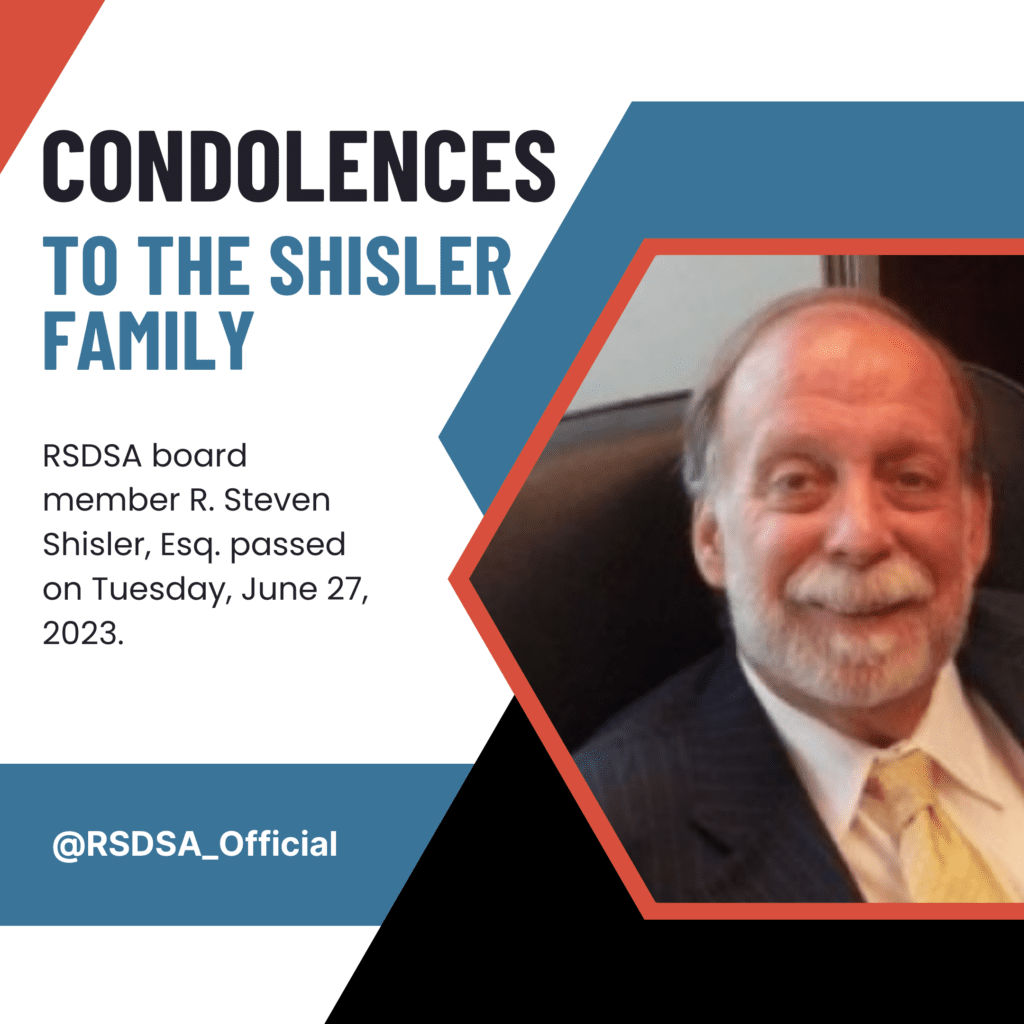If you’re a CRPS Warrior making a wish list, or you’re trying to figure out the best gift for a loved one with CRPS, you’ve come to the right place!
We’ve spoken to numerous CRPS Warriors over the years about the everyday items they love as well as the gifts they reach for during flares and treatment days. However, we recommend chatting with your CRPS Warrior before making purchases to learn if their CRPS runs hot or cold and to better understand what types of items they cannot bear.
The use of these items is just as unique as each CRPS Warrior, so let us know if there is anything we should add by leaving a comment at the end of the guide!
This is not a sponsored post.
Fuzzy and/or Compression Socks
Many with CRPS try to keep their feet as warm as possible while at home, during work, dog walks, errand runs and everything in between. Fuzzy, cabin, or compression socks are super helpful in achieving this. They also come in so many fun colors/designs. Consider knitted socks for a true custom flair.
Find them at: Etsy | Dollar Tree | Heat Holders

Sweatsuit For Infusion Days
A matching sweatsuit not only saves time when getting dressed for treatment days, but it can also be functional! Consider a sweatsuit with arm access to make infusions and blood draws easier than ever. The sweatsuit can even be used when traveling!
Find them at: Spoonie Threads | Be Well | Walmart

Photo via Spoonie Threads
Warm/Heated Throw Blankets
You can never have too many blankets! Some may also appreciate a wireless heating pad if they need heat concentrated to one area. Consider pairing your blankets with soft pillows, especially for limbs that like to be elevated.
Find them at: Macy’s | Kohl’s | Amazon

Noise Cancelling Headphones
Many with CRPS cannot handle loud noises and prefer to use headphones, especially those that block out surrounding noises. They’re perfect for treatment days and traveling!
Find them at: Bose | JBL | Sony

Coloring and Activity/Game Books
Coloring books are not just for kids! Coloring is such a relaxing activity for high-stress situations. Be sure to throw in some color pencils or markers when gifting a coloring book. For those who may not like coloring, consider brain teaser, crossword puzzle or sudoku books as well.
Find them at: Michaels | Books A Million | Barnes & Noble

Water Bottle with Electrolyte Packets
Staying hydrated is important for everyone, but it’s especially vital for those with CRPS. Proper hydration with water and electrolytes can help decrease inflammation, improve nerve signals, and soothe muscle spasms. Water bottles and electrolyte packets are easy to find and are great for Easter, boo, or burr baskets or as stocking stuffer.
Find them at: Nalgene | Yeti | Liquid IV

Spray on Moisturizer
Spray moisturizers can be helpful for CRPS Warriors with sensitive skin in order to ensure hydration without excess touch. Pro Tip: Select one without extra fragrance!
Find them at: Aquaphor | Vaseline

Oscillating Fan and/or Electric Heater
Some with CRPS have different temperatures in each region of their body which results in needing a heater/blanket in one spot and a fan in another. Consider purchasing a fan that provides the option of evenly distributing air when necessary.
Find them at: Home Depot Fans | Home Depot Heaters

Red Light Therapy Items
While some think red light therapy is just a dermatology fad, it is proven to be helpful for many in pain. Clinical red lights are stronger than at-home tools, but many caps/helmets, masks and panels have been found to help with the pain that comes from having CRPS. If you want a larger option, see if your local tanning salon has red light beds. Be sure to ask about the specs to ensure it’s what you need.
Find them at: Viconor | Swirise

Free Option: Create a Playlist
An easy and free option is creating a playlist filled with your CRPS Warrior’s favorite tunes. They can listen to your playlist during treatment days!
Find them at: Spotify | Apple Music | Pandora

Gym Membership for Sauna Access
Similar to red light therapy, many CRPS Warriors find relief using a sauna. While home saunas may not be an option due to financial or space limitations, finding a local gym with a sauna and obtaining a membership is an easy alternative.
Find them at: Crunch Fitness | LA Fitness

Print RSDSA Resources
Many CRPS Warriors carry medical records and resource documents in their “medical toolbox” for appointments, including RSDSA’s hospital guidelines, dental guidelines, and I Have CRPS Cards. Consider printing copies of these items out for your loved one to save them a bit of ink or a trip to their local print shop.
Find them at: Hospital Guidelines | Dental Guidelines | I Have CRPS Cards

Gift Cards
You can never go wrong with a gift card so the exact items that a CRPS Warrior needs can be purchased. This way, they can buy anything you may have missed such as ACE bandages, Pedialyte, compression sleeves, fleece-lined leggings, hand warmers, and much more.
Find them at: Amazon | Visa.com

Books From Fellow CRPS Warriors
Some with CRPS like to read about the experiences of others, so thankfully we know a few CRPS Warriors who are also authors. Many of their books are memoirs, but some are also filled with poetry and advice for finding hope.
Find them at: Krystal Jones (Amazon) | Amberly Lago (AmberlyLago.com) | Peter Conti (Amazon)


